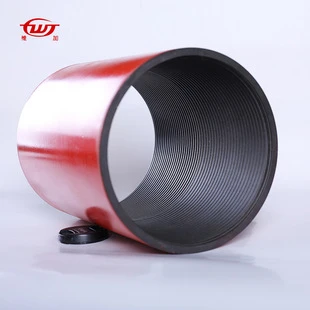- Afrikaans
- Albanian
- Amharic
- Arabic
- Armenian
- Azerbaijani
- Basque
- Belarusian
- Bengali
- Bosnian
- Bulgarian
- Catalan
- Cebuano
- Corsican
- Croatian
- Czech
- Danish
- Dutch
- English
- Esperanto
- Estonian
- Finnish
- French
- Frisian
- Galician
- Georgian
- German
- Greek
- Gujarati
- Haitian Creole
- hausa
- hawaiian
- Hebrew
- Hindi
- Miao
- Hungarian
- Icelandic
- igbo
- Indonesian
- irish
- Italian
- Japanese
- Javanese
- Kannada
- kazakh
- Khmer
- Rwandese
- Korean
- Kurdish
- Kyrgyz
- Lao
- Latin
- Latvian
- Lithuanian
- Luxembourgish
- Macedonian
- Malgashi
- Malay
- Malayalam
- Maltese
- Maori
- Marathi
- Mongolian
- Myanmar
- Nepali
- Norwegian
- Norwegian
- Occitan
- Pashto
- Persian
- Polish
- Portuguese
- Punjabi
- Romanian
- Russian
- Samoan
- Scottish Gaelic
- Serbian
- Sesotho
- Shona
- Sindhi
- Sinhala
- Slovak
- Slovenian
- Somali
- Spanish
- Sundanese
- Swahili
- Swedish
- Tagalog
- Tajik
- Tamil
- Tatar
- Telugu
- Thai
- Turkish
- Turkmen
- Ukrainian
- Urdu
- Uighur
- Uzbek
- Vietnamese
- Welsh
- Bantu
- Yiddish
- Yoruba
- Zulu
casing collar
Understanding Casing Collars in Oil and Gas Operations
Casing collars play a crucial role in the oil and gas industry. These components are integral to the integrity and safety of well construction. Essentially, casing collars are thickened sections of casing pipe that serve multiple functions during the drilling and completion phases of a well. Their primary purpose is to facilitate the connection between sections of casing and to support various downhole tools during operations.
When drilling a well, multiple casing strings are often installed at different depths. Each casing section is designed to stabilize the borehole and isolate different geological formations. Casing collars are strategically placed between these sections, providing a robust and secure link. The collars feature a threaded design, allowing for easy connection and disconnection of casing sections. This modularity is vital, as it allows drillers to replace or repair specific sections of casing without having to redo the entire installation.
Additionally, casing collars can accommodate various tools and equipment needed for well completion and intervention
. They can be equipped with mechanisms to allow for the installation of packers, plugs, and other devices critical for controlling fluid flow and isolating specific zones within the wellbore. This versatility makes casing collars indispensable in managing wellbore integrity and optimizing production.casing collar

Beyond their functional benefits, casing collars also significantly contribute to the safety of drilling operations. By providing structural support and isolation, they help prevent wellbore collapse and mitigate the risk of blowouts, which can have catastrophic consequences. In this sense, the proper installation and maintenance of casing collars are not just operational requirements but are also essential safety protocols within the industry.
Choosing the right casing collar design and material is also crucial. Factors such as the type of formation, well depth, and the specific fluid conditions present during drilling must all be considered. Advanced materials and coatings are often utilized to enhance the durability and performance of casing collars, ensuring they can withstand the challenging environments of oil and gas wells.
In conclusion, casing collars are a fundamental component of well construction, playing key roles in connectivity, support, and safety. Their design and implementation can directly influence the efficiency and safety of drilling operations. As technology and materials continue to evolve, casing collars will remain an essential focus for improving well integrity and performance in the oil and gas sector. Understanding their significance not only enhances operational efficiency but also ensures the protection of valuable resources and the environment.
-
Tubing Pup Joints: Essential Components for Oil and Gas OperationsNewsJul.10,2025
-
Pup Joints: Essential Components for Reliable Drilling OperationsNewsJul.10,2025
-
Pipe Couplings: Connecting Your World EfficientlyNewsJul.10,2025
-
Mastering Oilfield Operations with Quality Tubing and CasingNewsJul.10,2025
-
High-Quality Casing Couplings for Every NeedNewsJul.10,2025
-
Boost Your Drilling Efficiency with Premium Crossover Tools & Seating NipplesNewsJul.10,2025







